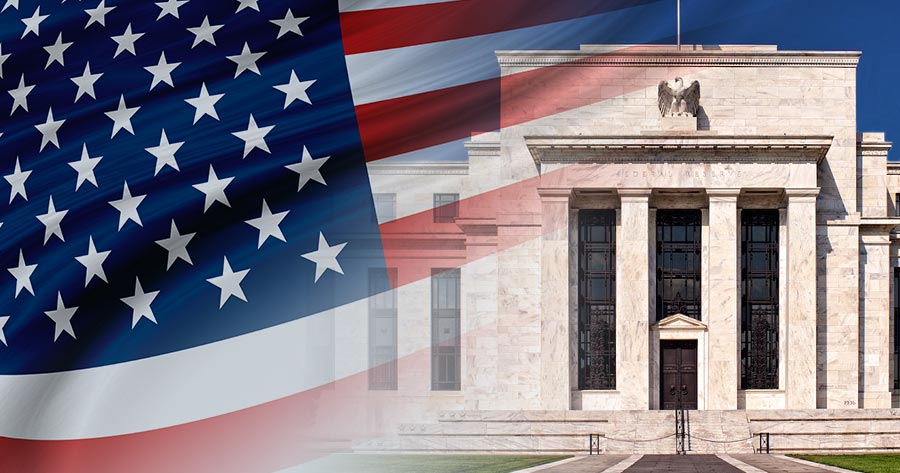Global bonds extended loss on escalating concerns of U.S. job report which might trigger Federal Reserve to be more aggressive with rates hike to contain inflation.
According to Bloomberg data, Australian 10-year yields jumped nine basis points to 3.48% on Friday, unwinding half of the previous day’s rally.
Similar-dated Treasuries rose two basis points during Asian trading to 3.06%, having closed above 3% on Thursday after testing the threshold for days.
Canada’s 10-year yield reached 3% for first time since 2011, while Australian benchmark yields spiked 35 basis points this week to head for their worst week since February 2021.
“Taking the 75 basis points off the table just in a very general sense doesn’t seem aggressive enough to really get inflation down,” said James Camp, director of fixed-income at Eagle Asset Management, adding that the market is “likely to push the 10-year yield through 3.23%.” That’s near the peak seen in late 2018 when the Fed was previously tightening policy.”
Markets are widely expecting the job data which is to be released on Friday to show sold growth in employment and wage pressure running at a 5.5% annual pace.
Alongside, the consumer price index data next week will coincide with the sale of new 10 and 30 year treasuries.
Jobs Report
The 10-year real yield extended this week’s rise above zero and at one point was higher by 17 basis points at 0.22% before the benchmark eased a little.
“The curve is steepening, which is telling you the Fed is not doing enough,” Andrew Brenner, head of international fixed income at NatAlliance Securities said in a note. “This could be the run to the high levels of the year in the long end, trying to send Powell a message. And this is why we continue to say at every Fed meeting, the real market starts about 18 hours after the Fed announcement.”




